It may shock you, but it’s 100% true!
Just the thought of eating something like a placenta may be disgusting to most, but the truth is that there are a lot of people in the world who do eat the placenta–a practice called placentophagy. It is a tradition that has been around for centuries, but it has only become popular after Mad Men actress January Jones said that she took placenta pills after giving birth to her son.
But why the heck would anyone want to eat their placenta?
What Eating Placenta is Supposed to Do
Remember, the placenta is the baby’s primary source of nutrients in-utero, meaning that it’s loaded with pretty much everything a fetus needs to grow into a baby. The placenta is rich with vitamins, minerals, and nutrients, making it supposedly loaded with health benefits.
For example, it’s rich in B-vitamins, particularly Vitamins B12 and B6. Vitamin B12 is vital for metabolic function, while Vitamin B6 is needed to make the chemicals that send signals throughout your brain.
You’ll find that the placenta is rich in iron, which your body needs to produce the red blood cells that carry oxygen and nutrients. There are two important hormones–progesterone and estrogen–also present in the placenta, and having more of these hormones can help to reduce post-partum depression and complications.
However, while these things are BELIEVED to be the health benefits of eating placenta, the truth is that there is very little scientific evidence to back up these claims.
One study looked at whether or not eating placenta helped to relieve pain, and only rats received the pain-reducing benefits of eating the placenta. Some evidence suggests that the placenta can help to increase breast milk production.

READ MORE: Why Eating Insects is Healthy
However, there are also potentially serious downsides of eating placenta. For example, in the case of preeclampsia, there is a very real risk that stress proteins can accumulate in the placenta. When you eat the placenta, those stress proteins will be distributed throughout the body and cause negative effects–though what those effects are remain unknown.
There is also a very real risk of disease, though that is most common when you consume the placenta of another woman. This is why it’s recommended to ONLY eat your own, if you must eat placenta at all.
Real Placenta Recipes
Did you know that there are actually recipes that you can use to prepare your placenta?
A quick Google search will turn up confections like:
- Placenta Cocktail
- Placenta Lasagna
- Placenta Spaghetti
- Roast Placenta
- Placenta Pizza
- Placenta Sandwich
- and far too many more…
There are even sites that sell the tools you need to turn your own placenta into capsules, which you can then take over the course of your recovery to ensure that you are getting all the nutrients from the placenta.
But Is it Worth It?
From a man’s perspective: EWWW!! That has to be one of the foulest things I have heard of in a long time!
In the studies that have proven some sort of benefit of eating placenta, it’s very possible that the benefits were all thanks to the placebo effect. There is no real proof that eating placenta is actually going to benefit you in the long run, so why do it at all?
How to Try It
- Ask your hospital if they’ll even let you collect and keep the placenta. Not all will.
- Freeze or cook it IMMEDIATELY, to avoid it spoiling.
- If it makes you sick, stop eating it.
If it matters that much to you, the tips above will help you to be safe while eating your own placenta.

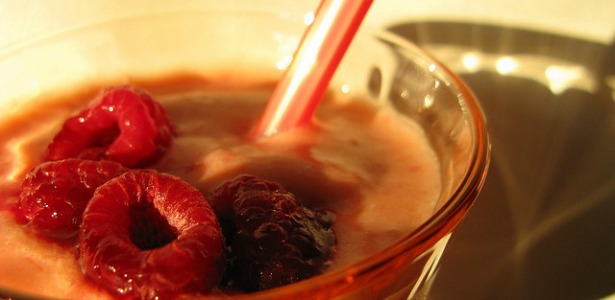



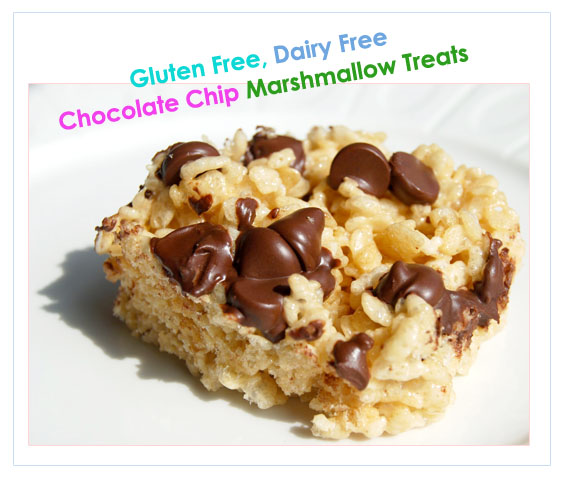
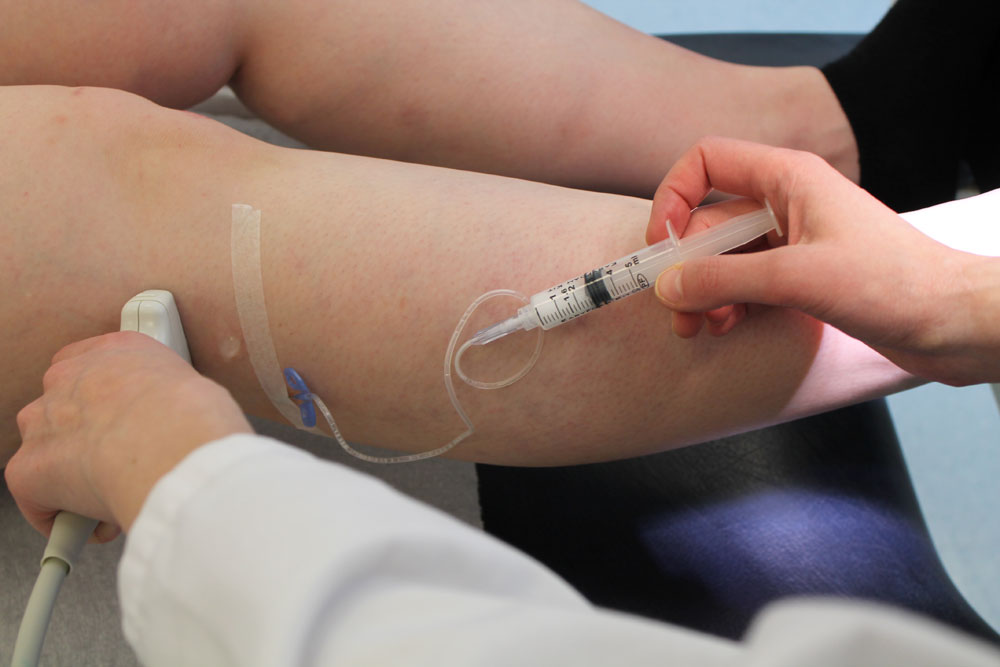
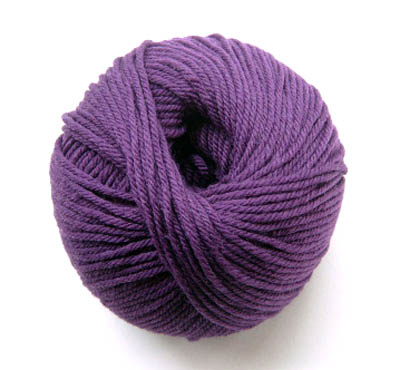
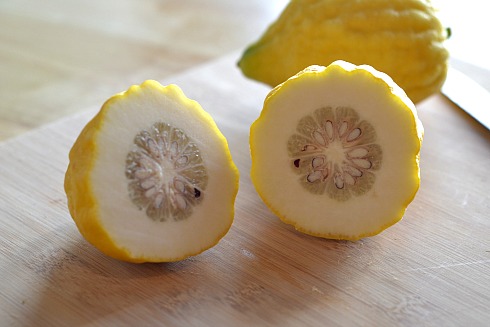
This is definitely not for me but it was an interesting read!
I didn’t know about this during my three pregnancies. I think I would have hired someone to take it and turn it into pills (I wouldn’t have been able to cook it or do it myself). I’ve heard that it’s supposed to be really good for you.
To each their own I guess, but not really my thing.
I have heard about this but it was scary to read about how the placenta could possibly make you worse too.